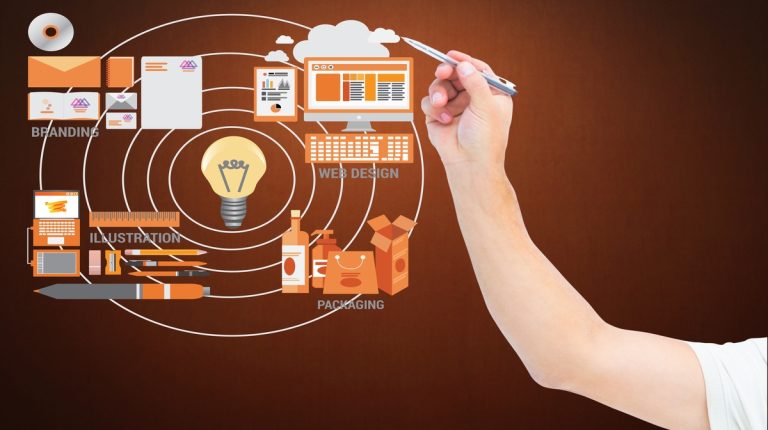
Digital adoption is accelerating across industries, pushing businesses to innovate faster, scale confidently, and deliver customer-centric digital products. Traditional IT development models are no longer sufficient because they cannot match the speed, complexity, and agility required in today’s digital economy. This is where digital product engineering emerges as a strategic discipline.
Product engineering combines technical expertise, user-centric design, and business strategy to build products that are scalable, secure, and future-ready. Whether a company is creating a SaaS platform, introducing a new digital service, or modernizing outdated systems, engineering-led product development enables faster cycles, better quality, and measurable business outcomes.
Businesses that integrate engineering excellence into their innovation roadmap are better equipped to respond to market changes, reduce risks, and deliver high-value digital products consistently.
Digital product engineering covers the complete lifecycle of designing, building, deploying, and optimizing digital products. It represents a shift from traditional development to a holistic approach where engineering plays a role in product vision, user experience, performance, scalability, and long-term evolution.
Enterprises use this discipline to:
This approach is especially valuable for initiatives like SaaS product development, enterprise automation, AI-driven platforms, and modern customer-facing applications. It helps ensure consistency across design, engineering, and business strategy.
Organizations often collaborate with a software product development company to access specialized engineering skills, proven frameworks, and modern tools. This partnership accelerates development and reduces technical debt, making it easier to scale and improve products over time.
Digital product engineering shortens development cycles by emphasizing rapid testing, reusable components, and continuous delivery pipelines. Companies validate ideas earlier and respond to user needs faster.
Modern software frameworks allow products to scale without breaking performance. For businesses investing in custom software product development, engineering teams ensure that architecture supports future feature expansion and user growth.
Security is integrated early into the engineering workflow, resulting in more reliable and compliant digital products. Monitoring systems and automated testing further improve stability.
Engineering-led UX ensures that digital interactions are consistent and intuitive. When design, development, and research teams collaborate, products deliver better engagement and satisfaction.
Modern engineering reduces redundant code, prevents architectural bottlenecks, and avoids rework. Products become easier and cheaper to maintain as they grow.
Modern enterprises face several barriers when building and scaling digital products. These challenges often stem from rapid technological evolution, increasing customer expectations, and the pressure to innovate quickly without compromising quality or compliance. Addressing these obstacles requires a balanced approach that blends strategy, engineering expertise, and long-term product vision.
The demand for advanced engineering skills continues to rise, especially in areas such as cloud architecture, AI development, and platform engineering.
How companies overcome it:
Outdated systems often limit scalability, performance, and integration capabilities, making it difficult for enterprises to modernize their digital ecosystems.
How companies overcome it:
Fast-paced innovation can conflict with regulatory and security requirements, especially in industries such as finance, healthcare, and manufacturing.
How companies overcome it:
Many organizations struggle to innovate within fixed budgets and tight timelines, especially when building large-scale digital products.
How companies overcome it:
Digital products must now operate flawlessly across web, mobile, desktop, and connected devices, increasing architectural complexity.
How companies overcome it:
The digital product landscape is evolving rapidly, driven by smarter technologies, new user expectations, and the need for continuous innovation. The future of product engineering will focus on intelligence, automation, connected environments, and flexible architectures that enable enterprises to scale faster and respond to change with greater agility.
Artificial intelligence will play a central role in automating development workflows such as testing, bug prediction, code analysis, and feature optimization. This shifts engineering toward faster, more intelligent, and more autonomous systems capable of reducing errors and accelerating delivery.
Industries like manufacturing, logistics, healthcare, and energy will increasingly rely on digital replicas of physical systems. These digital twins enhance real-time monitoring, predictive maintenance, asset tracking, and operational decision-making across interconnected environments.
Augmented reality, voice-driven interfaces, and conversational AI will transform how users interact with digital products. Future applications will prioritize natural interactions, blending physical and digital experiences to improve usability and workflow efficiency.
Product engineering will move beyond traditional output-based delivery. Enterprises will adopt models that link agile execution with measurable business outcomes. This approach combines the experimentation speed of startup product development with enterprise-grade governance and quality standards.
Products will no longer function as isolated systems. Modern architectures will focus on modularity, enabling faster innovation cycles, easier integration, and incremental scaling. This ecosystem approach supports rapid expansion into new platforms, markets, and user segments.
Innovation is no longer a creative exercise. It is an engineered capability that requires structure, discipline, and modern development practices. Digital product engineering provides the tools and methodologies businesses need to build advanced digital products with greater speed, reliability, and confidence.
Organizations that embrace engineering excellence gain a clear edge through faster delivery cycles, reduced operational risk, improved customer experiences, and long-term scalability. Whether they scale internally or partner with a specialized software product development company, the principle remains the same. Engineering must be treated as a strategic investment rather than a technical expense.
At Coditi Labs, we help businesses adopt forward-looking engineering practices that accelerate product innovation and ensure measurable business outcomes. Companies that embrace this mindset will not only keep pace with the market but will set new benchmarks for digital excellence.









